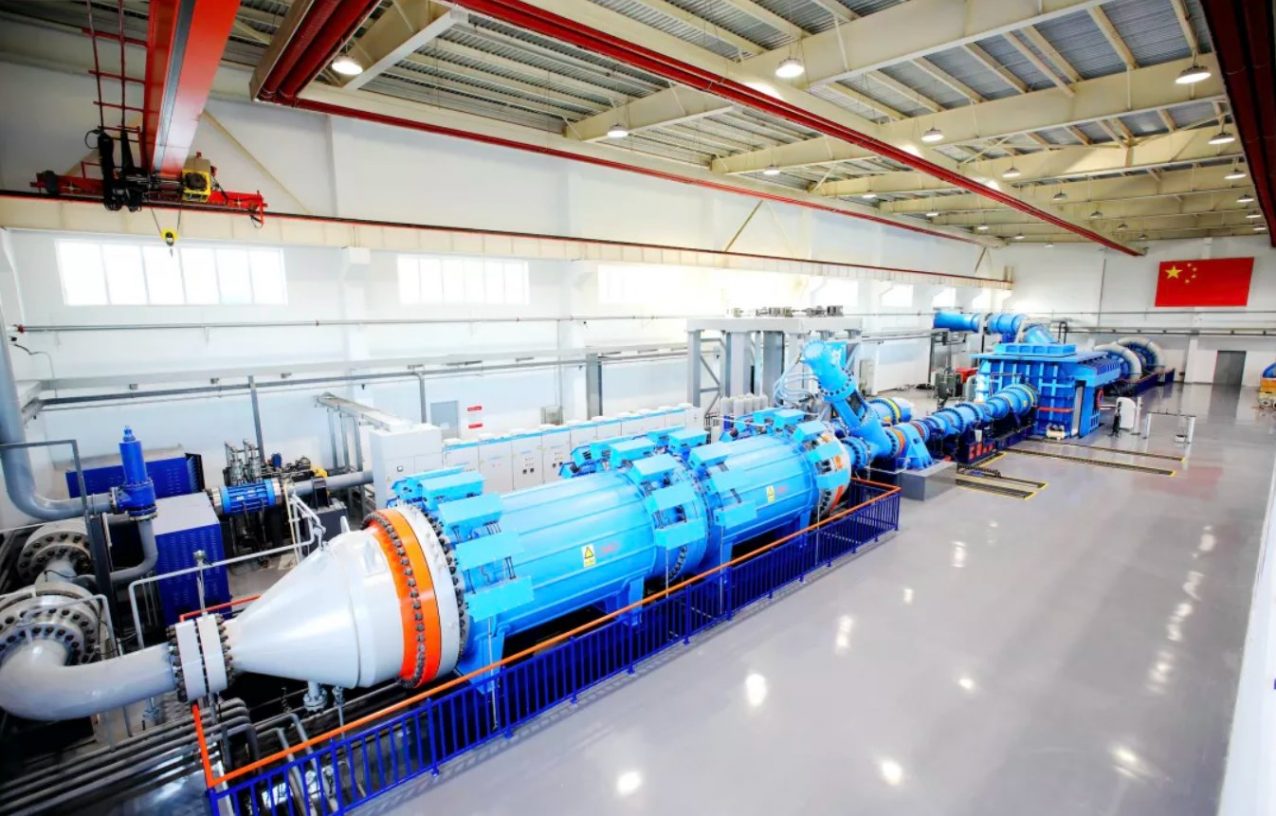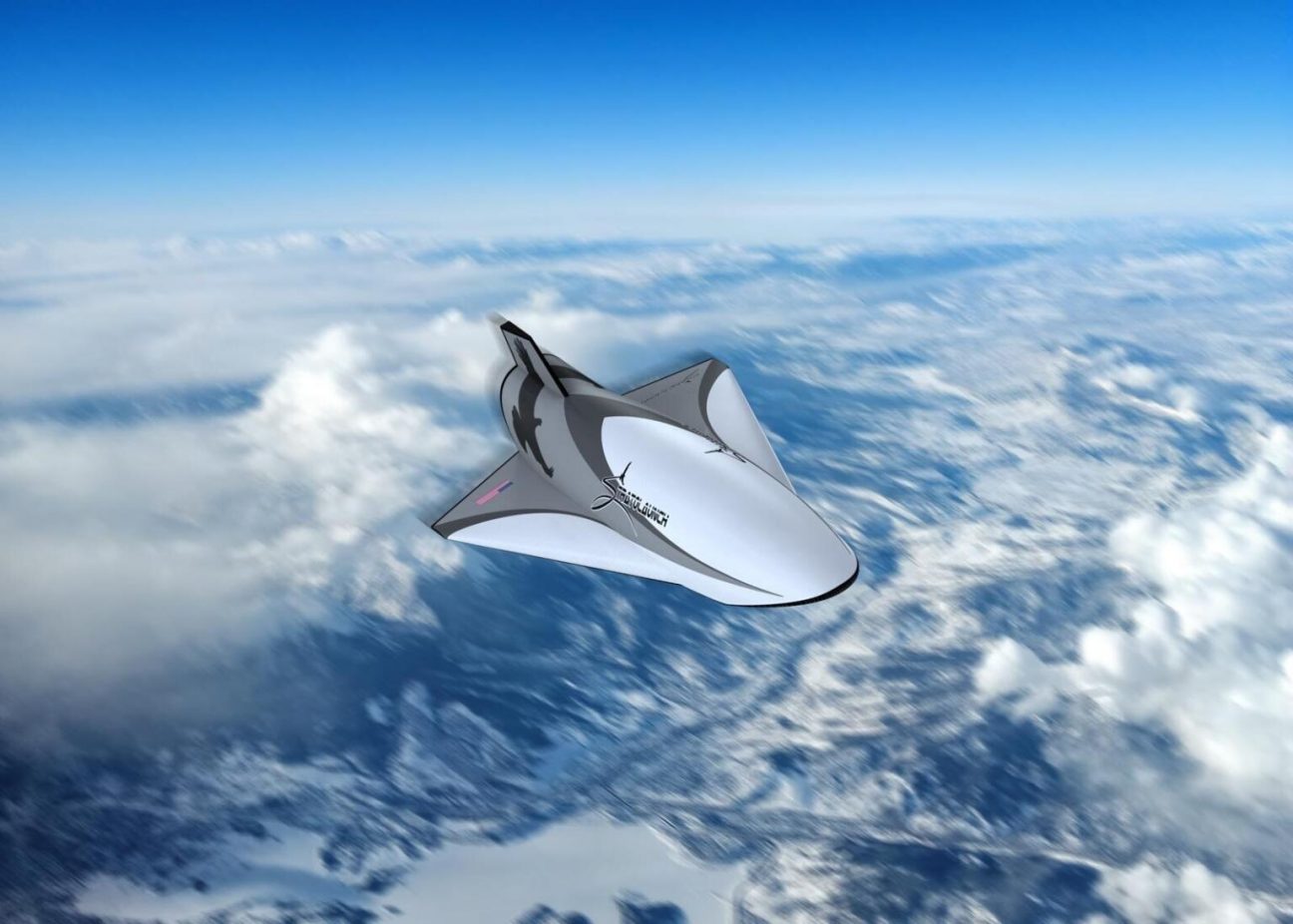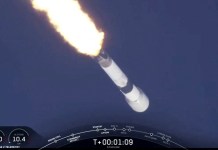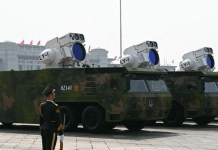China is reportedly developing and testing its hypersonic technology at a rapid pace. The communist nation created ripples across the world when it launched a “Fractional Orbital Bombardment System” to launch a nuclear-capable hypersonic glide vehicle around the world.
Rafale Fighters: Dassault Aviation On-Course To Grab Another Massive Deal As Indonesia Awaits ‘Contract Activation’ — Minister
In order to accelerate the hypersonic program further, China conducted a test flight for a new engine on January 24, which analysts believe would be used to power the country’s future hypersonic and near-space jets, claimed the Chinese state media — Global Times.
The engine, which was reportedly created by Tsinghua University’s Laboratory of Spray Combustion and Propulsion under the School of Aerospace Engineering, successfully completed a flying test, according to China Central Television (CCTV).

Last year in December, China had revealed that it was working on a hypersonic aircraft that would be able to transport ten passengers anywhere in the world in under an hour, as previously reported by the EurAsian Times. Even though these claims were rubbished by many western critics, China has silently been working to enhance its capabilities in order to produce technological marvels.
Chinese officials expect to have a fleet of hypersonic planes built by the end of 2035, with a capacity of 100 people by 2045 – even though the jets’ actual mission still remains unknown. The plane will be able to travel at Mach 5, or more than five times the speed of sound, due to its sophisticated design, the report had stated.
Ming Han Tang, a China-born engineer who was the chief engineer of NASA’s early hypersonic program in the late 1990s, designed a Two-Stage Vehicle (TSV) X-plane. The blueprints for the US prototype were declassified in 2011, and Chinese scientists in charge of the country’s hypersonic weapons development embraced the concept to develop an aircraft.
According to a peer-reviewed publication, a wind tunnel was purportedly used to recreate flight conditions and take the plane from Mach 4 to Mach 8.
All these developments indicate that China remains committed to unveiling an operational hypersonic plane soon for which it has been working relentlessly, on a combination of technologies that are expected to power these aircraft.
Earlier this month, China had reportedly mocked the US while announcing a successful test of the world’s first wind tunnel capable of powering a full-scale hypersonic missile through the main stages of flight. However, this time it has gone a step ahead, with publicizing graphic details of the successful test of the engine that it could use to power its ambitious hypersonic aircraft.
Hypersonic Breakthrough
According to CCTV, a two-stage rocket booster was used to assist the test flight, with the second stage sending the engine to the predetermined height and velocity after the first stage separated. At this point, the engine’s air inlet began to breathe in the air very efficiently, and the fuel supply system began to spray vaporized jet fuel into the combustion chamber, stated the Chinese state media.

The ignition system then kicked in properly, the combustion chamber entered combustion status as intended, and the engine ran smoothly and consistently, indicating that the test flight was a perfect success, according to CCTV.
China tests new engine,‘likely to power hypersonic aircraft’https://t.co/4bFKlGuCC3 pic.twitter.com/ofGNsxzXp6
— StarBoy ? (@StarboyHK) January 24, 2022
The second stage rocket booster did not detach from the engine, and it opened a parachute to fall in a desert area, where it could be recovered, according to a computer-generated film.
The test gathered data on the effects caused by the parameter changes of the working environment to the operation characteristics of the engine’s combustion chamber under real flight conditions, the report added.
Experts Exude Optimism
Experts deciphered that the engine type is most likely a scramjet engine, which is one of the fundamental technologies for achieving hypersonic flight, based on the descriptions of how the engine worked.
It’s an air-breathing jet engine that can move air at speeds faster than sound. Traditional ramjets, whose forward motion compresses the airflow to subsonic speeds, are unable to attain hypersonic speeds (Mach 5+) because of this.
Since the engine being tested required a two-stage rocket booster, Wang Ya’nan, chief editor of Beijing-based Aerospace Knowledge magazine, told the Global Times that it most likely worked near space or at the upper edge of the atmosphere, where the air is very thin and combustion is unlikely.
In such cases, airflow must be slowed after it enters the inlet to mix with the fuel, which is why fuel vaporization is a good concept to use because it can blend the fuel and air extremely effectively, ensuring stable and effective combustion, Wang stated, adding that this might be the test’s breakthrough.

It is noteworthy that China has been gradually expanding its presence in space along with its hypersonic capability development. China’s space station is supposed to become operational this year, which in turn, could lead to enhanced Chinese activity building on the potency of this engine.
China deployed the core module of its first space station in April 2021 and aims to launch additional modules in 2022. Explore a 3D model of the Chinese Space Station in our ChinaPower feature: https://t.co/TGtH7uZ0jV pic.twitter.com/8mUGV5dVU0
— ChinaPower (@ChinaPowerCSIS) January 16, 2022
The CCTV report did not provide the characteristics of the engine, according to Li Xiaoguang, an expert on intelligent unmanned systems at Qingdao University, but it appears to be no more than one meter long, therefore its thrust would not be particularly powerful, according to the article.
“If it is a scaled model test which aims to verify the theory, it means that there is still some way to go before the technology matures and becomes a real product,” Li said. Wang projected that if the technology matures, it might be used in hypersonic and near-space aircraft.
The Chinese Academy of Sciences’ Institute of Mechanics had announced in 2018 that it was constructing a plant to commercialize hypersonic engines, a game-changing technology with military and civilian applications, as previously reported by Popular Science.
It had stated at the time that initially, the hypersonic engines would presumably power the first stage of Chinese dual-stage-to-orbit (DSTO) space-planes, which would attain hypersonic speed in order to launch a secondary rocket into orbit.
One such planned Chinese DSTO system is the Tengyun, designed by the Chinese Aerospace Science and Industry Corporation (CASIC). The Chinese Aerospace Science and Technology Company (CASC) is developing a single-stage-to-orbit (SSTO) space-plane that will take to the skies after 2030, powered by powerful enough rocket engines to propel the entire ship into orbit.
It can be inferred that China is pursuing hypersonic technology for both, military and civilian use. It is making significant leaps at a time when the American hypersonic program hasn’t been able to catch up. As the fault lines become starker, the program is expected to grow bigger and many such developments could be reported in days to come.
- Contact the author at sakshi.tiwari9555@gmail.com
- Follow EurAsian Times on Google News




